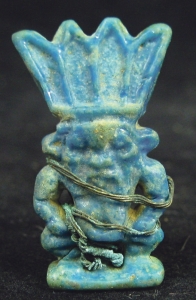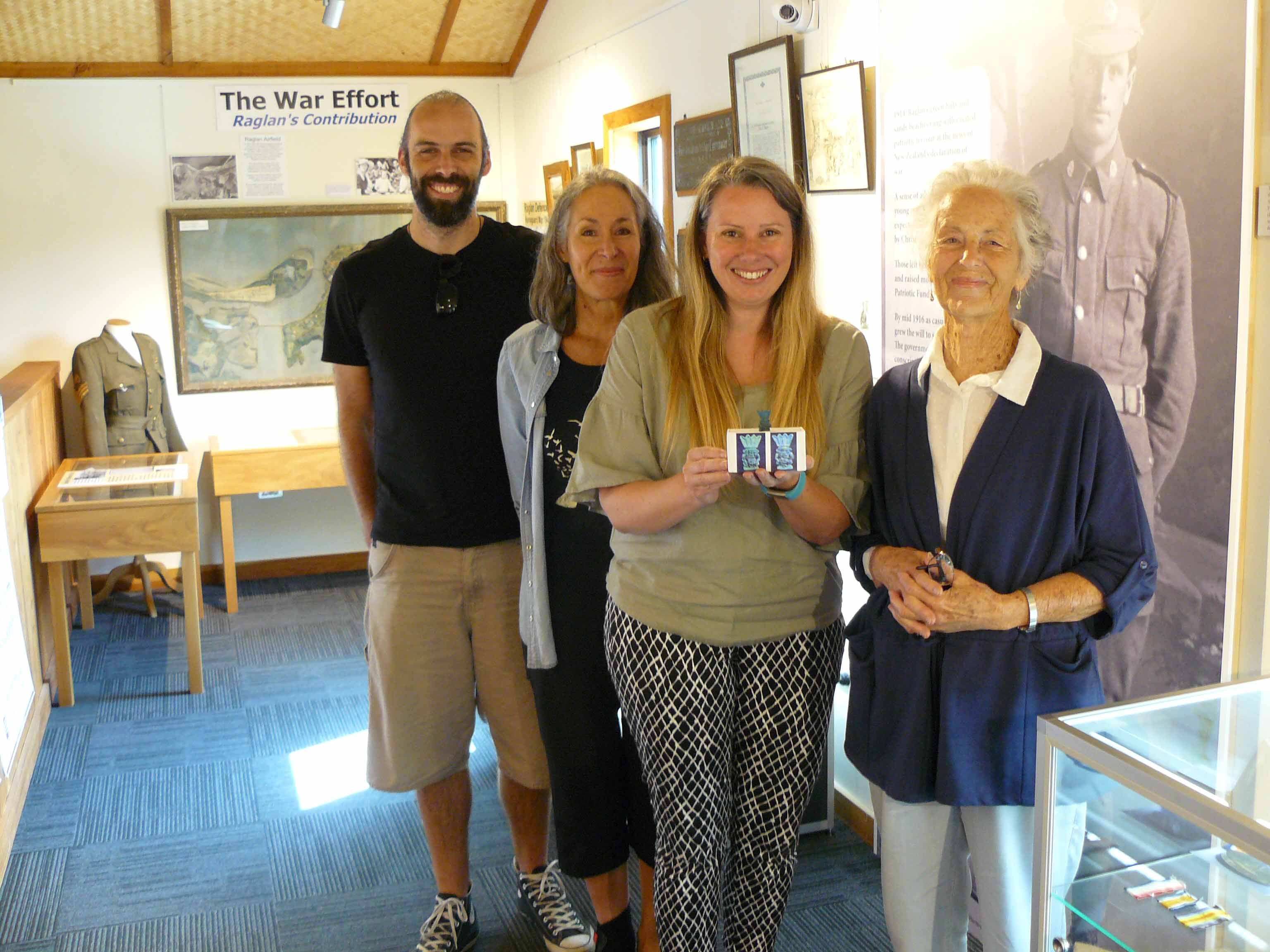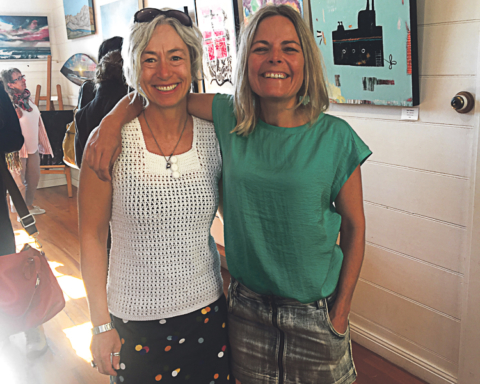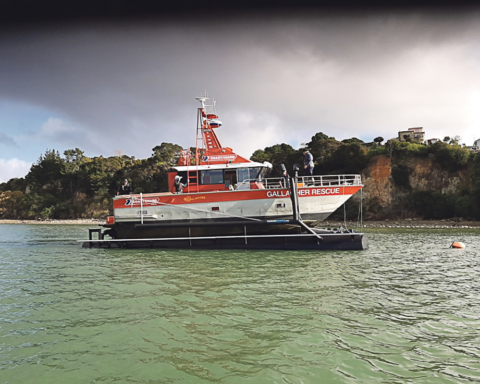A WW1 keepsake has had some more of its story told after a 12-month research project by Egyptologist Tasha Dobbin-Bennett.
The Emory University Assistant Professor of Art History (Atlanta, USA) discovered the Egyptian amulet on the Raglan Museum’s website and decided to delve a little deeper.
The former Kiwi took time out from a family Christmas visit to check out the artefact she had only seen in photographs online.
“It’s amazing to actually see it in 360 degrees after seeing it in photos,” she says.
“This place (Raglan Museum) is so beautiful. Generations of people can come into see it (the amulet) and learn about Frank. That’s a gift I wouldn’t have received if it wasn’t on public display.”
The amulet was brought back by Raglan man Frank Gibbison who served as a 23-year old in the 4th Waikato Mounted Rifles on Gallipoli peninsula.
Tasha has dated the tiny good luck charm to around 3000-years and says it is very rare due to having front images of the protective deity Bes on both sides.

Most of the Egyptian protection charms had a front and back rendition of the deity and this version with two faces was made to give extra protection to the wearer.
Bes was a household protector and responsible for such deeds as killing snakes, fighting off evil spirits, watching after children and aiding women in labour by fighting off evil spirits.
Images of Bes and his wife Beset were also painted on bedroom walls and thought by Egyptologists to have been for the purpose of curing fertility problems or general healing rituals.
According to the Gibbison family who made the visit from Te Aroha to meet Tasha, Bes may have protected Frank as he lay on the beaches of Gallipoli suffering injuries for four days before he was uplifted.
After being admitted to Alexandria Hospital with a severe bomb wound to the leg, he became dangerously ill but was removed from the dangerously ill list around two-months later.
Frank’s daughter Dorothy Baucke, who also wrote his biography, says the protection charm would have been with him during this time.
There is some mystery surrounding how Frank came across the amulet but the family do know he ‘picked it up’ while stationed in Cairo before seeing active service.
Its significance was not something the family knew about until the meeting with Tasha, and Dorothy says her parents would have had no idea of its value.
“It was kept in a drawer and brought out to show visitors occasionally.”
Made from a type of clay called faience and glazed with a blue glass glaze to replicate the more valuable and rarer Lapis Lazuli, Dorothy’s sister Coralie gifted the amulet to the museum in 1968.
Janine Jackson






